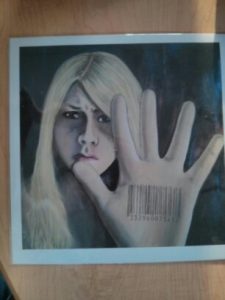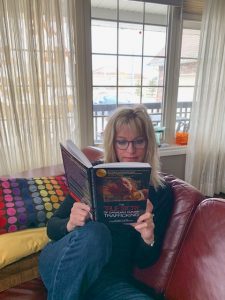Human Trafficking.
What is human trafficking?
Human trafficking involves the recruitment, transportation, harbouring and/ or exercising control, direction or influence over the movements of a person in order to exploit that person, typically through sexual exploitation or forced labour. It is often described as a modern form of slavery.
Victims suffer physical or emotional abuse and often live and work in horrific conditions. They may also face fatal consequences if they attempt to escape. This crime represents a consistent and pervasive assault on the fundamental human rights of its victims.
Organized criminal networks, as well as individuals, perpetrate this crime, operating within Canada’s borders and internationally. Traffickers reap large profits while robbing victims of their freedom, dignity and human potential at great cost to the individual and society at large. Traffickers control their victims in various ways such as taking away their identity documents and passports, sexual abuse, threats, intimidation, physical violence, and isolation.
Human trafficking is often characterized as a “low risk/high reward activity” because of the fact that the crime is clandestine, therefore difficult to detect and investigate, which contributes to the relatively low prosecution rates worldwide. Victims can be exploited over and over for the financial or material benefit of the traffickers making this crime lucrative. The United Nations (UN) has estimated that this illegal activity generates approximately $32 billion (US) annually for its perpetrators.
The horrors of being a sex slave, human trafficking, leaves lifelong scars on the victims. Imagine you’re 16 years old and you’re servicing several men in one night. Multiply that times months and years in some cases. The victim becomes lost in their own pain, fuelled by addiction to drugs and alcohol given to them by the perpetrator to keep them under control.

Joy Smith has been an advocate for victims and instrumental in getting mandatory minimum sentencing under the criminal code for those perpetrators of human trafficking. This is a tremendous achievement in a world that was filled with obstacles. She has saved thousands of girls from the horror of sex trafficking.
I’ve watched several of the educational videos the Joyce Smith foundation has created for schools, parents and other institutes where women and girls could be targeted. I’ve just read the book ’The True Story of Canadian Human Trafficking’ It was a difficult read, and I found it deeply disturbing on so many levels. The easy accessibility the trafficker managed to manipulate the young girl into sex trafficking, the people who use these women and girls their mindset and justification of cheating on partners, the silence and abuse the victims are subjected over the months and years of sexual trafficking. We have to have these conversations to save lives.

“In 2009, Joy Smith introduced Bill C-268, An Act to amend the Criminal Code (minimum sentence for offences involving trafficking of persons under the age of eighteen years). This Bill amended Section 279.01 of Canada’s Criminal Code to create a new offence for child trafficking with a five year mandatory penalty.”
“Education is our greatest weapon against this crime. I am grateful to Castle Quay Books and to the author, Paul Boge, for taking up the cause to education the public and publishing this book. It is a the real story that needs to be told here in our country. My hope is that ’The True Story of Canadian Human trafficking” will save young lives and reveal to Canadian human trafficking for what is it.” Joy Smith.”

